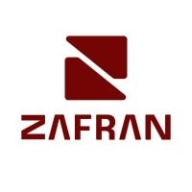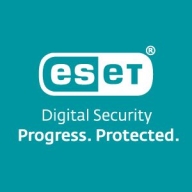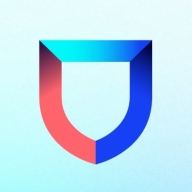


Lacework FortiCNAPP and ESET Cloud Apps Protection compete in cloud security. Lacework FortiCNAPP is favored for its pricing and customer support, while ESET Cloud Apps Protection stands out for its robust features.
Features: Lacework FortiCNAPP is recognized for its comprehensive security analytics, continuous monitoring capabilities, and robust threat protection. ESET Cloud Apps Protection excels with advanced threat detection, seamless application integration, and extensive security measures.
Ease of Deployment and Customer Service: Lacework's cloud-native deployment model emphasizes scalability and easy integration, offering responsive support for smooth onboarding. ESET provides an intuitive deployment process focused on compatibility with existing infrastructure, though its customer service is not as highly rated as Lacework's.
Pricing and ROI: Lacework FortiCNAPP presents a competitive setup cost, appreciated for its cost-efficiency and swift ROI through effective security measures. ESET Cloud Apps Protection has a higher initial cost, but its security features and integration capabilities deliver a significant ROI over time.
| Product | Market Share (%) |
|---|---|
| Zafran Security | 1.0% |
| Lacework FortiCNAPP | 1.3% |
| ESET Cloud Apps Protection | 0.2% |
| Other | 97.5% |


| Company Size | Count |
|---|---|
| Small Business | 4 |
| Midsize Enterprise | 4 |
| Large Enterprise | 3 |
Zafran Security integrates with existing security tools to identify and mitigate vulnerabilities effectively, proving that most critical vulnerabilities are not exploitable, optimizing threat management.
Zafran Security introduces an innovative operating model for managing security threats and vulnerabilities. By leveraging the threat exposure management platform, it pinpoints and prioritizes exploitable vulnerabilities, reducing risk through immediate remediation. This platform enhances your hybrid cloud security by normalizing vulnerability signals and integrating specific IT context data, such as CVE runtime presence and internet asset reachability, into its analysis. No longer reliant on patch windows, Zafran Security allows you to manage risks actively.
What are the key features of Zafran Security?
What benefits can users expect from Zafran Security?
In industries where security is paramount, such as finance and healthcare, Zafran Security provides invaluable protection by ensuring that only exploitable vulnerabilities are addressed. It allows entities to maintain robust security measures while allocating resources efficiently, fitting seamlessly into existing security strategies.
ESET PROTECT Complete offers a complete multilayered protection for endpoints, cloud applications & email, the #1 threat vector.
ESET PROTECT Complete is the ultimate cybersecurity solution that offers top-tier endpoint protection against ransomware and zero-day threats, backed by robust data security measures. It employs a sophisticated multilayered approach that combines multiple cutting-edge technologies to strike the perfect balance between performance optimization, threat detection, and minimizing false positives. With automated malware removal and mediation, it ensures uninterrupted business operations by providing advanced protection for data across general servers, network file storage including OneDrive, and multi-purpose servers. This comprehensive package also features powerful native encryption, enhancing data security to meet stringent compliance regulations.
Lacework FortiCNAPP provides robust cloud security, combining vulnerability management and multi-cloud insight with user-friendly controls, machine learning detection, and compliance support.
Lacework FortiCNAPP specializes in cloud security by merging machine learning anomaly detection with agent-based vulnerability management to offer detailed alerts and compliance reports. Its comprehensive approach allows continuous monitoring across AWS and Kubernetes, providing insights from an attacker's perspective. The platform offers automation and seamless Slack integration, facilitating collaborative and efficient cloud security management. Users value its ability to handle multi-cloud environments and scan IAC scripts, configurations, and compute nodes across AWS and GCP.
What are the key features?Organizations across sectors leverage Lacework FortiCNAPP for cloud security, focusing on compliance, security posture, and vulnerability management. It is widely used for monitoring AWS and Kubernetes environments, scanning IAC scripts, configurations, and securing compute nodes. It supports multi-cloud security posture management and log ingestion, enabling companies to maintain strong cloud infrastructures without dedicated security layers.
We monitor all Vulnerability Management reviews to prevent fraudulent reviews and keep review quality high. We do not post reviews by company employees or direct competitors. We validate each review for authenticity via cross-reference with LinkedIn, and personal follow-up with the reviewer when necessary.